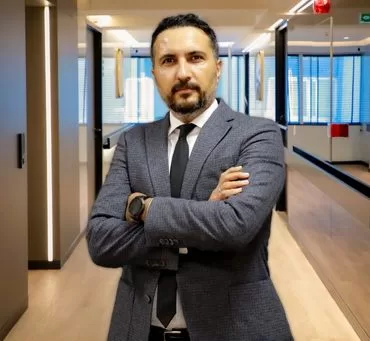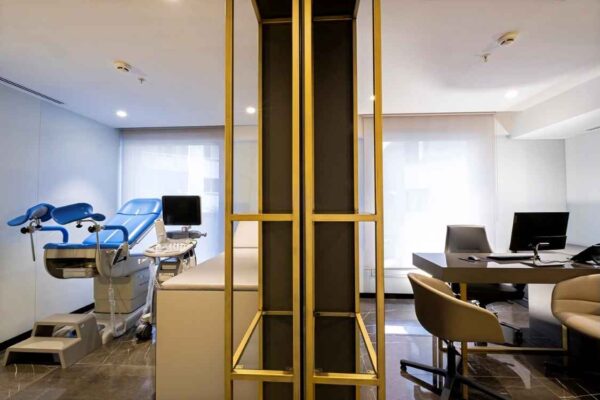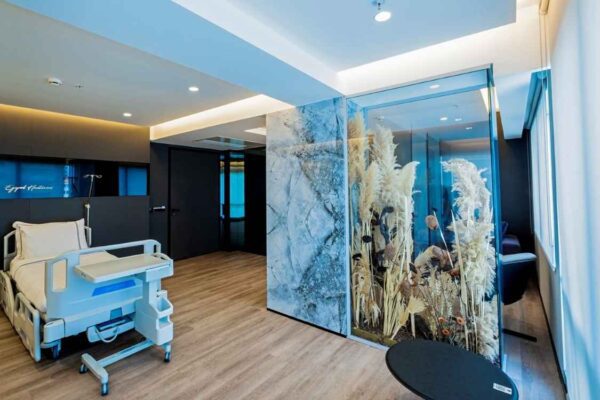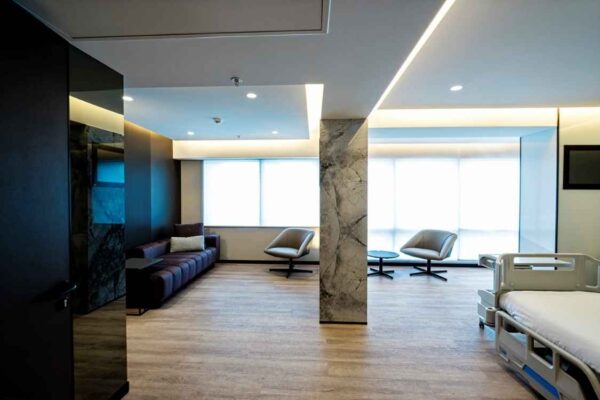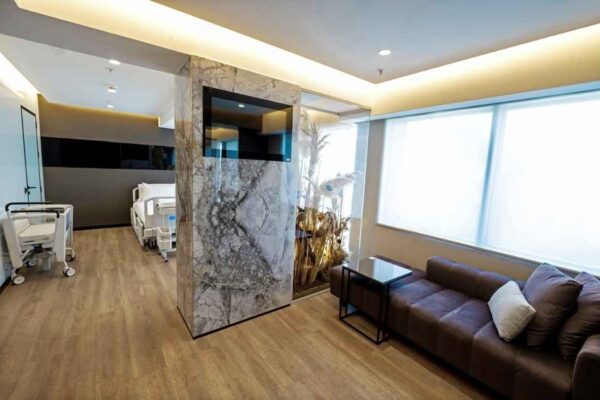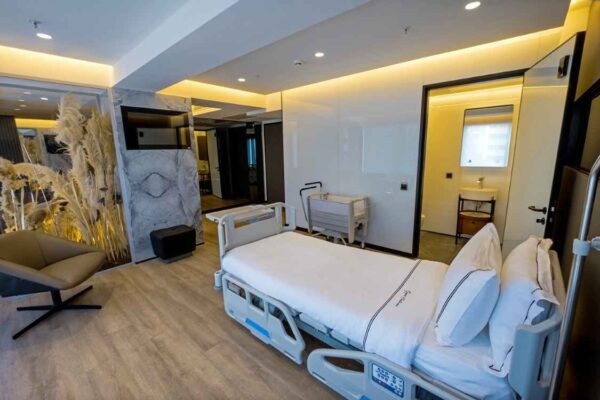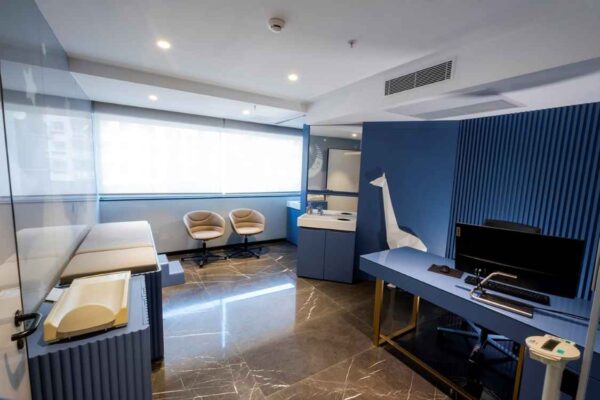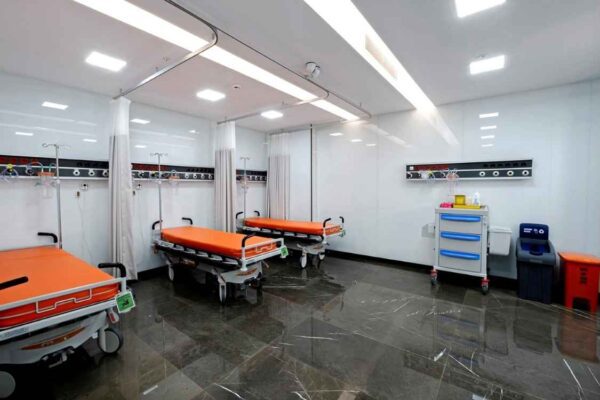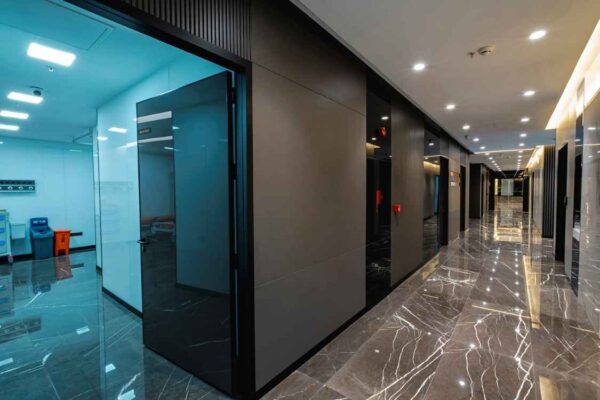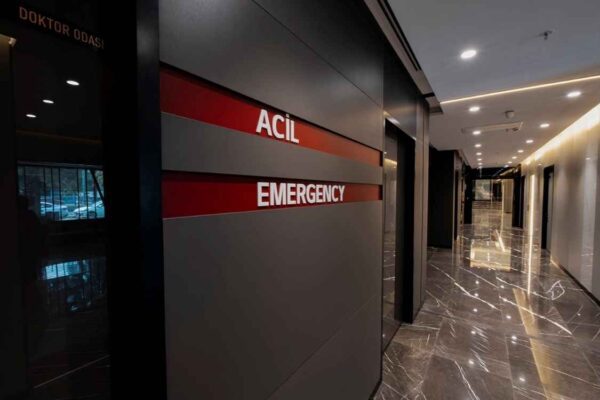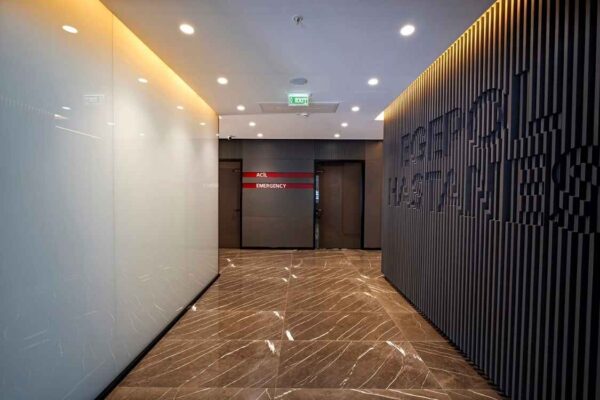Liposuction, sometimes referred to as lipoplasty or body contouring surgery, is a revolutionary cosmetic technique that is gaining popularity across the globe. It provides a remedy for people who battle stubborn fat deposits in specific body parts that don’t seem to respond to diet and exercise. It is important to realize that liposuction is neither a weight loss method or a cure for obesity, even though it can improve body proportions and provide more aesthetically pleasing outlines.
Ideal liposuction candidates are typically close to their ideal body weight but have localized fat deposits that result in uneven body shapes. Despite leading a healthy lifestyle, these fat deposits can be extremely resistant and may be influenced by genetic factors. Liposuction is a focused method of refining and sculpting particular areas that may not respond to conventional weight loss techniques; it is not a replacement for establishing a healthy diet and exercise plan.
How is Liposuction Performed?
Liposuction is a delicate and exact surgical operation that calls for the ability of an experienced plastic surgeon. The technique is frequently carried out as an outpatient procedure, allowing patients to leave the hospital and go home the same day. The procedure for liposuction is described in the steps below:
- Anesthesia: Anesthesia is given to the patient to ensure their comfort and to lessen any discomfort they may experience throughout the treatment. Depending on the patient’s medical history, the complexity of the procedure, and the surgeon’s preferences, the type of anesthesia utilized may change. Commonly used anesthetics include general anesthesia, which renders the patient unconscious, and local anesthesia with sedation, which numbs the treated area while also causing mild sedation.
- Incision: A few millimeter-long small incisions are strategically made close to the intended target locations for fat removal. These incisions are strategically placed to reduce scarring and provide the surgeon with simple access to the desired fat deposits.
- Fat removal: A cannula, a thin, hollow tube, is carefully placed through the incisions. To disperse the extra fat deposits, the surgeon carefully back and forth moves the cannula. After that, the body’s displaced fat is suctioned out using a surgical vacuum or syringe. To ensure even fat removal and achieve smooth and natural-looking contours, the surgeon uses precise procedures.
- Incision Closure: After the proper amount of fat has been removed, the incisions are carefully closed with sutures or adhesive strips. Sometimes there is no need for sutures because the incisions can heal on their own.
- Recovery: Following liposuction, individuals are closely observed by medical personnel. To reduce swelling and aid in the healing process, they might be forced to wear compression clothing on the treated regions. Wearing compression clothing speeds up recuperation by assisting the skin in molding to the new shape. Specific post-operative care instructions, such as recommendations on activity limitations, medication use, and wound care, will be given by the surgeon.
What Should Be Considered After Liposuction?
Patients must adhere to post-operative care guidelines to guarantee a speedy recovery and acquire the best results after liposuction. Among the most crucial factors are:
- Compression Garments: As instructed by the surgeon, wearing compression garments can aid in improving skin retraction, reducing edema, and supporting the treated areas as they heal.
- Rest and Recovery: For the body to repair correctly during the early recovery phase, adequate rest is essential. Patients should refrain from physically demanding activities and adhere to their surgeon’s recommendations for a gradual return to exercise.
- Pain management: Mild soreness and discomfort are typical side effects of liposuction. To treat post-operative discomfort, the surgeon may prescribe painkillers.
- Follow-up Appointments: It’s important to schedule frequent follow-up visits with the surgeon to track the healing process, get any sutures removed, and discuss any issues that may come up.
FAQs
Depending on the clinic or surgeon, many liposuction payment alternatives may be available in Turkey. Numerous respectable clinics provide a variety of payment choices, including cash payments, bank transfers, and credit card payments. During their initial visit, patients are recommended to ask about the accepted payment methods and any accessible financing options.
Insurance does not cover liposuction because it is typically regarded as an elective cosmetic operation. Insurance policies often cover procedures carried out for aesthetic reasons but do not cover those that are medically required.
Due to a number of circumstances, liposuction may be less expensive in Turkey than in certain other nations. Because of Turkey’s lower cost of living and lower operational costs for healthcare facilities, patients may pay less overall. The Turkish cosmetic surgery business is highly competitive, which could result in more affordable prices.
To help patients pay for liposuction, some Turkish clinics or medical tourism organizations may provide financing solutions. This could take the shape of finance arrangements, medical loans, or payment plans. Prospective patients should ask their preferred clinic about the terms and circumstances of any available funding alternatives.
The upper age restriction for liposuction surgery in Turkey may change based on the practices of the surgeon and the patient’s general health. Candidates for the surgery should typically be at least 18 years old, and the surgeon will decide their eligibility following a careful examination.
The dangers and hazards of liposuction are similar to those of any surgical treatment. However, problems are uncommon when done by a trained and skilled surgeon. By carefully following pre- and post-operative instructions and selecting a respected and experienced surgeon, patients can lower the likelihood of unfavorable results.
Although liposuction is largely risk-free, all surgical procedures have possible downsides. Infection, hemorrhage, seroma development (fluid buildup), uneven contours, and adverse scarring are a few of the potential side effects. Before making a decision, patients must have a full discussion with their physician about the procedure’s advantages and disadvantages.
Our Team
Our Hospital
Atilla, Halide Edip Adıvar St.
No:57, 35270 Konak/İzmir




